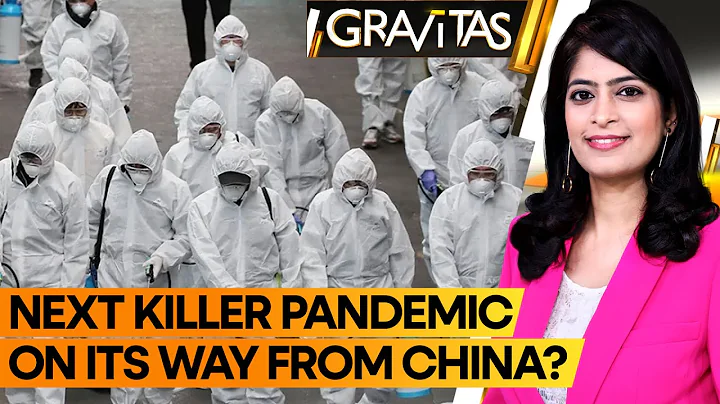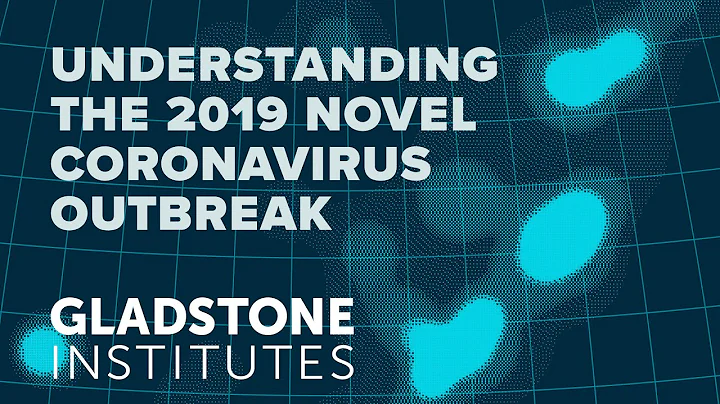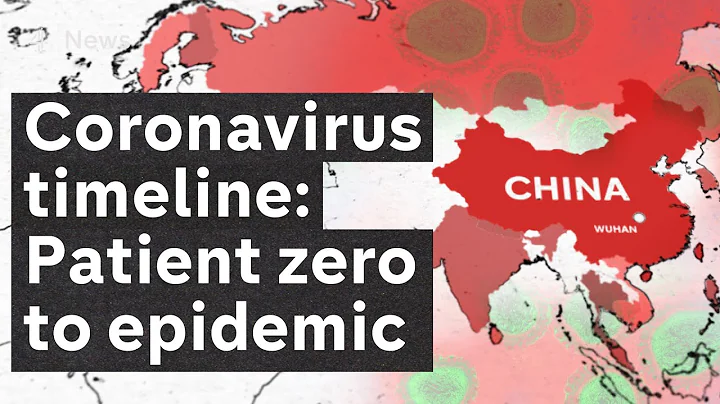June 28
"Novel Coronavirus Pneumonia Prevention and Control Plan
(Ninth Edition)" was released
The epidemic monitoring, isolation management of risk personnel
The delineation standards of medium and high-risk areas, etc.
were adjusted

Why was the prevention and control plan revised?
What is the basis for this adjustment? How will
deal with the Omicron variant in the future?
The Joint Prevention and Control Mechanism of the State Council
held a press conference
gave an authoritative interpretation of the new prevention and control plan
Let’s take a look


At the meeting, Lei Zhenglong, deputy director of the National Health Commission’s Bureau of Disease Control and Prevention and first-level inspector, introduced that the joint prevention and control mechanism The prevention and control plan is revised based on the control mechanism, mainly based on three considerations.
First, the changes in the epidemic situation.
At present, the new crown epidemic continues to be prevalent around the world. The frequency of local epidemics has increased significantly since this year, and the epidemic has affected a wide range of areas, especially in the Yangtze River Delta and Pearl River Delta regions, as well as Beijing-Tianjin-Hebei and border ports. The impact has been on cities and other places, and our country is facing increasing pressure of "foreign prevention of imported cases and internal prevention of rebound", and the prevention and control situation has become more severe and complex. In the past month, the overall situation of my country's epidemic prevention and control has stabilized and improved. The number of positive infections has continued to decline, and the number of affected areas has also decreased, creating a window period for optimizing and adjusting prevention and control plans.
Second, research has discovered the characteristics of virus mutation .
The Omicron mutant strain has become the dominant epidemic strain imported from abroad and local epidemics in my country. Research shows that the Omicron mutant strain has a short incubation period, stronger virus transmissibility, faster transmission speed, stronger immune evasion ability, and strong transmission concealment, which brings new challenges to epidemic prevention and control.
Third, some pilot studies were carried out in the early stage.
According to the decisions and arrangements of the Party Central Committee and the State Council, the comprehensive team of the Joint Prevention and Control Mechanism of the State Council will carry out epidemic prevention and control in Dalian, Suzhou, Ningbo, Xiamen, Qingdao, Guangzhou and Chengdu between April and May. Seven cities carried out a month-long pilot study on optimizing COVID-19 epidemic prevention and control measures, and obtained a large amount of scientific basis. At the same time, the joint prevention and control mechanism of the State Council combined the prevention and control practices of various places, especially the experience and lessons of large-scale epidemic response in Shanghai, Jilin and other places, and also referred to the guidelines issued by the WHO in the first half of the year to develop the prevention and control plan. Revision.

Lei Zhenglong introduced that compared with the eighth version of the prevention and control plan, the ninth version of the prevention and control plan is mainly revised in three major aspects.
First, optimize and adjust the isolation management period and method of risk personnel
Adjust the isolation and control time of close contacts and immigrants from "14 days of centralized isolation medical observation + 7 days of home health monitoring" to "7 days of centralized isolation medical observation + 3 days "Three days of home health monitoring", the close control measures were adjusted from "seven days of centralized isolation and medical observation" to "seven days of home isolation".
The second is to unify the delineation standards for closed control areas and medium and high-risk areas.
In the past, there were two types of risk area delineation standards. One was the delineation standards for high, medium and low-risk areas, and the other was the delineation standards for closed and controlled areas, control areas, and prevention areas. Control area delineation standards. The ninth edition of the prevention and control plan connects and corresponds the delineation standards and prevention and control measures of the two types of risk areas, integrates and uniformly uses the concepts of high, medium and low risk areas, and forms a new risk area delineation and management and control plan.
The third is to improve the requirements for epidemic monitoring,
to encrypt the frequency of nucleic acid testing for high-risk occupational groups, and to increase antigen testing in primary medical and health institutions as a supplementary means for epidemic monitoring.
At the same time, the plan also clarifies regional nucleic acid testing strategies in different scenarios. For provincial capital cities, cities with a population of more than 10 million, general cities, and rural areas, the start and end conditions for regional nucleic acid testing and corresponding nucleic acid testing after the outbreak are clarified. detection strategy.
Lei Zhenglong particularly emphasized that the ninth version of the prevention and control plan is an optimization and adjustment of prevention and control measures. It is by no means relaxing prevention and control, but is more demanding, more standardized, more accurate and faster. The key is to control the We must control key risks, implement what should be implemented, and resolutely cancel what should be cancelled. We must adhere to the general strategy of "preventing external imports and domestic rebound" and the general policy of "dynamic clearing" to further improve the scientific nature of epidemic prevention and control. , precision, make full use of resources, improve prevention and control efficiency, and coordinate epidemic prevention and control and economic and social development.

At the meeting, Wang Liping, a researcher at the Transmission Prevention Division of the Chinese Center for Disease Control and Prevention, introduced the basis for shortening the isolation management period for risk personnel.
Wang Liping said
In order to further improve the scientific nature and accuracy of the new coronavirus pneumonia epidemic prevention and control measures, the comprehensive team of the Joint Prevention and Control Mechanism of the State Council conducted a pilot study on the optimization of new coronavirus pneumonia epidemic prevention and control measures in selected areas across the country from March to May 2022. Work. Research has found that the average incubation period of Omicron mutants is shortened, mostly 2-4 days; most of them can be detected within 7 days.
Wang Liping emphasized
At present, the dominant virus strains internationally and domestically are all Omicron mutants, and the quarantine period for immigrants and close contacts has been adjusted from "14 days of centralized isolation medical observation + 7 days of home health monitoring" to " "7 days of centralized isolation medical observation + 3 days of home health monitoring." This adjustment does not mean the relaxation of prevention and control measures, but the further optimization of prevention and control measures based on the epidemic characteristics of the Omicron variant, and will not increase The risk of epidemic spread is a reflection of precise prevention and control.

Lei Zhenglong introduced the adjustments to the delineation of risk areas in the ninth version of the prevention and control plan.
(Swipe up and down to view)
In the ninth version of the prevention and control plan, high-risk areas refer to the residences of cases and asymptomatic infected persons , as well as work places, activity areas and other areas with frequent activities and high risk of epidemic transmission. . In principle, high-risk areas are delineated based on residential communities or villages, and the scope of risk areas can be judged and adjusted based on the results of epidemiological surveys . High-risk areas adopt "door-to-door service without leaving home" lockdown measures. A high-risk area can be downgraded to a medium-risk area if there are no new infections for 7 consecutive days, and then it can be downgraded to a low-risk area if there are no new infections for 3 consecutive days. Personnel from high-risk areas with cross-regional spillover will be placed under centralized isolation and medical observation for 7 days. A nucleic acid test will be conducted on the 1st, 2nd, 3rd, 5th and 7th days of centralized isolation. Risk areas in
refer to work places and activity areas where cases and asymptomatic infected persons stay and move for a certain period of time, and may have risks of epidemic spread. The delimitation of risk areas is based on the results of epidemiological surveys. Medium-risk areas adopt the control measures of "no people leaving the area and picking up items at staggered peak times". If there are no new infections for 7 consecutive days, it can be reduced to a low-risk area. Persons in medium-risk areas with cross-regional spillover will be subject to 7 days of home medical observation, and a nucleic acid test will be conducted on the 1st, 4th, and 7th day of the home medical observation period. If the conditions for home isolation are not met, centralized isolation and medical observation will be adopted.
Other areas in the county (city, district, banner) where the high-risk area is located are designated as low-risk areas. Preventive measures of "personal protection and avoidance of gatherings" are adopted in low-risk areas. People in low-risk areas leaving the region or city should present a negative 48-hour nucleic acid test certificate. People from low-risk areas who travel across regions do not need to take isolation control measures, but they are required to complete two nucleic acid tests within three days and conduct personal health monitoring.
After all medium and high-risk areas in the county (city, district, banner) where the epidemic occurred are lifted, normalized prevention and control measures will be implemented throughout the county (city, district, banner).
At the same time, Lei Zhenglong also introduced that the ninth edition of the prevention and control plan clearly stipulates that during the epidemic management process, if individual cases and asymptomatic infections pose a low risk of transmission to residences, workplaces, and activity areas, close contacts have already If timely control is carried out, and after research and judgment, there is no risk of community transmission, then the risk area does not need to be designated. This can further improve the scientific nature and accuracy of epidemic prevention and control.

Wang Liping said that in view of the characteristics of the Omikron variant that spreads faster and is more concealed, the ninth version of the prevention and control plan proposes to further strengthen monitoring and early warning, based on the combination of point and area, combination of symptom monitoring and nucleic acid testing, and infection Based on the principle of integrating the disease surveillance system with the surveillance systems of other departments, we carry out multi-channel monitoring of people, objects, and the environment.
According to reports, the ninth version of the prevention and control plan is based on previous normalized monitoring:
First, the frequency of nucleic acid testing for risk occupational groups has been encrypted.
For people who have direct contact with entry personnel, items, and the environment, and for staff in centralized isolation places, Medical staff at fever clinics in designated medical institutions and general medical institutions will conduct nucleic acid testing once a day. Nucleic acid testing will be conducted twice a week for employees who work in densely populated environments, have frequent contacts, and have high mobility, as well as staff in other departments of general medical institutions except fever clinics. After a local epidemic occurs, the frequency of nucleic acid testing will be increased based on the risk of epidemic spread.
Second, new drug monitoring requirements are added.
When a local epidemic occurs, real-name registration will be required for those who purchase antipyretic, cough suppressant, antiviral, antibiotic, cold and other drugs, and drug users will be urged to carry out timely testing.
The third is to increase antigen testing as a supplementary means for epidemic monitoring.
It is proposed that primary medical and health institutions can increase antigen testing for suspicious patients and for people in medium and high-risk areas when handling the epidemic.

Mi Feng, spokesperson of the National Health Commission and deputy director of the Publicity Department, said that in response to strong public complaints about violations of the "nine prohibitions", on June 28, the comprehensive team of the Joint Prevention and Control Mechanism of the State Council opened a public message board and set up a public message board. On the home page of the National Health Commission’s official website, relevant departments have also announced channels for reporting problems. The joint prevention and joint control mechanism will carefully summarize and compile clues about problems that violate the "nine prohibitions", urge local governments to make corrections as soon as possible, and expose typical cases.

Picture according to Xinhua News Agency
reproduced from | Chengdu released
Source: Chengdu Transportation





















